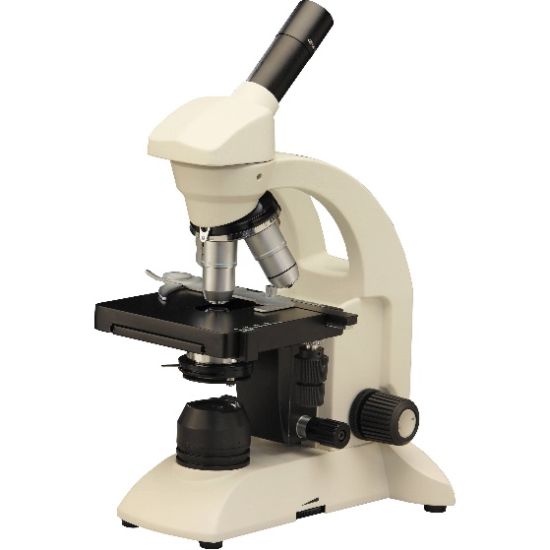-
Description
-
Specification
A compound microscope is a type of optical microscope that is commonly used in scientific and educational settings to observe small objects or specimens that are not visible to the naked eye. It consists of a combination of lenses that work together to magnify the image of the specimen.
The basic components of a compound microscope include:
- Objective lenses: These are the primary lenses responsible for magnifying the specimen. Compound microscopes typically have multiple objective lenses with different magnification powers (e.g., 4x, 10x, 40x, 100x). The objectives are usually mounted on a rotating nosepiece, allowing for easy switching between magnifications.
- Eyepiece (or ocular lens): The eyepiece is the lens through which the viewer looks to observe the magnified image. It further magnifies the image produced by the objective lens.
- Tube: The tube connects the eyepiece to the objective lenses and ensures proper alignment of the optical components.
- Stage: The stage is a flat platform where the specimen is placed for observation. It typically has clips or a mechanical stage to hold the specimen in place.
- Coarse and fine focus knobs: These knobs are used to adjust the focus of the microscope. The coarse focus knob is used for initial rough focusing, while the fine focus knob allows for precise focusing.
- Condenser: The condenser is located beneath the stage and helps concentrate and focus the light onto the specimen, providing better illumination.
- Light source: Compound microscopes may have different types of light sources, such as a built-in light bulb or an external light source. The light source illuminates the specimen to enhance visibility.
